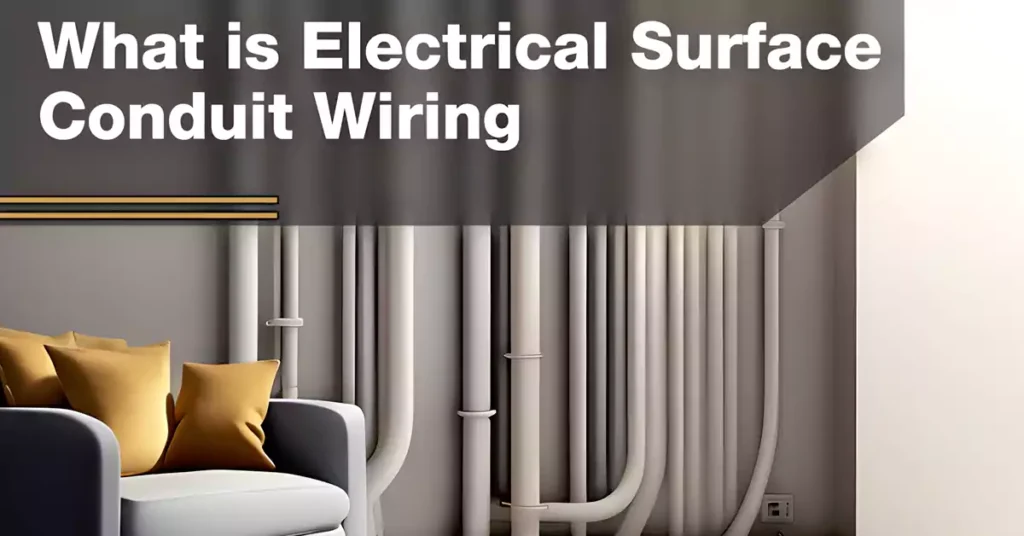
目录
电气表面导管布线是一种多功能且实用的电气系统安装方法,具有众多优点和应用。本综合指南旨在深入研究表面导管布线的世界,深入了解其用途、优势、安装过程、法规合规性、维护、注意事项等。
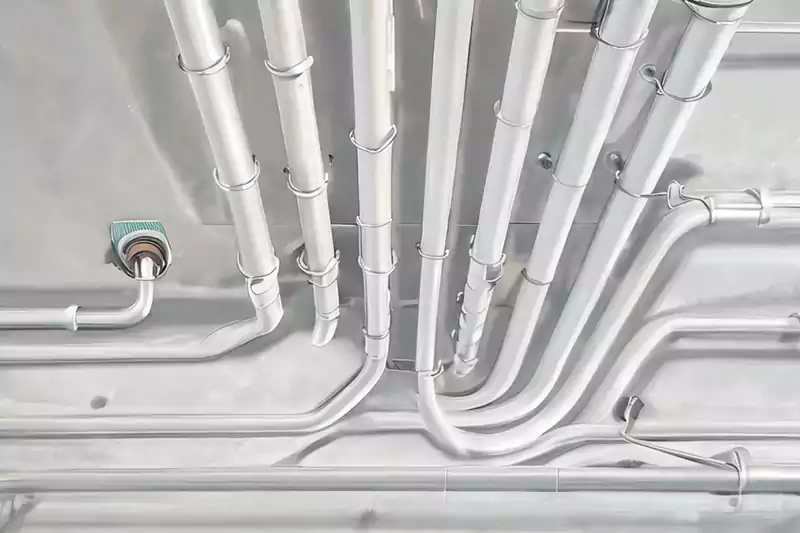
电气表面导管布线涉及在墙壁、天花板或其他结构的表面安装导管,以容纳和保护电缆。它为电线提供了安全的通道,确保电线免受损坏,同时方便维护、修改或故障排除。
在传统隐蔽布线不切实际或不理想的情况下,表面导管布线至关重要。它为电缆提供灵活性、可访问性和保护,使其成为住宅、商业和工业应用的理想选择。通过了解表面导管布线的优势和注意事项,您可以在规划和实施电气安装时做出明智的决定。
电气表面导管布线具有一系列优势,使其成为各种电气安装的首选。以下是它的一些优点:
表面导管布线为电气系统改造提供了灵活性。与需要大量改造墙壁或天花板的隐蔽布线不同,表面导管可以轻松添加、重新配置或维修。导管易于接近,因此可以根据不断变化的需求轻松布置新电缆或修改现有电缆。
地面导管布线为故障排除和维护提供了极佳的可访问性。由于导管在地面上可见且可访问,因此更容易识别和纠正电气问题。可以快速执行维护任务,例如检查连接、更换故障电缆或进行调整,从而减少停机时间。
地面导管布线的主要功能之一是为电缆提供强大的保护。导管可保护电缆免受物理冲击、潮湿、化学物质或其他外部因素造成的潜在损坏。即使在具有挑战性的环境中,这种保护也能确保电气系统的使用寿命和可靠性。
表面导管布线具有美观优势,尤其是在需要或需要外露布线的情况下。导管可以设计成与周围的建筑相匹配,并且可以应用各种饰面或油漆以与装饰无缝融合。这种定制允许在保持功能性的同时实现美观的电气安装。
表面导管布线适用于各种环境。它适用于住宅安装、商业建筑、工业设施,甚至户外场景。无论是用于家庭装修、办公室扩建还是户外照明项目,表面导管布线都是一种可适应各种要求的多功能解决方案。
与隐蔽布线方法相比,表面导管布线通常更具成本效益。隐蔽布线易于安装、易于修改,并且降低了人工和材料成本,这些都为其带来了成本优势。此外,表面导管布线的耐用性和保护性可以最大限度地减少维修或更换需求,从而实现长期成本节约。

您还需要考虑表面导管布线的一些缺点:
表面导管布线可能并不总是能与空间的美学无缝融合,特别是在需要简洁外观的区域。
表面导管布线需要沿墙壁、天花板或其他表面的额外空间来安装导管,这在墙壁空间有限或保持整洁环境很重要的区域可能会成为问题。
表面管道布线在表面是可见的,这意味着它不具备像隐藏布线方法那样完全隐藏的优势。
虽然表面导管布线可以提供保护,但导管本身容易受到撞击或意外接触而损坏,需要定期检查和维护。
表面导管的存在可能会限制家具或其他物体靠墙的摆放,影响空间的布置和功能。
通过考虑地面导管布线的优点和缺点,您可以在确定其是否适合特定电气装置时做出明智的决定。
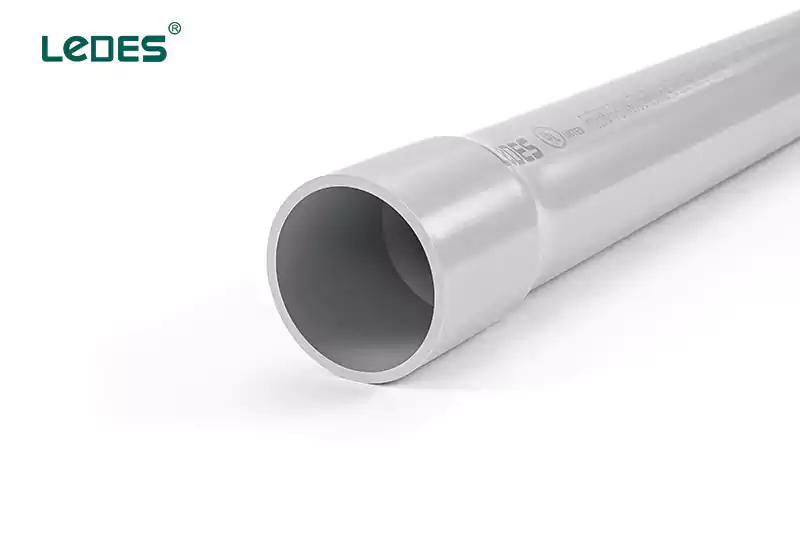
电气表面导管布线涉及多个组件,它们共同构成一个安全且实用的系统,用于容纳和保护电缆。了解这些组件对于正确安装和维护至关重要。以下是表面导管布线的一些关键组件:
导管是用于封闭和保护电缆的空心管。它们有各种类型、材料和尺寸,以适应不同的应用。常见的导管材料包括金属(如钢或铝)和 PVC(聚氯乙烯)。导管材料的选择取决于环境、电气规范要求和项目规范等因素。
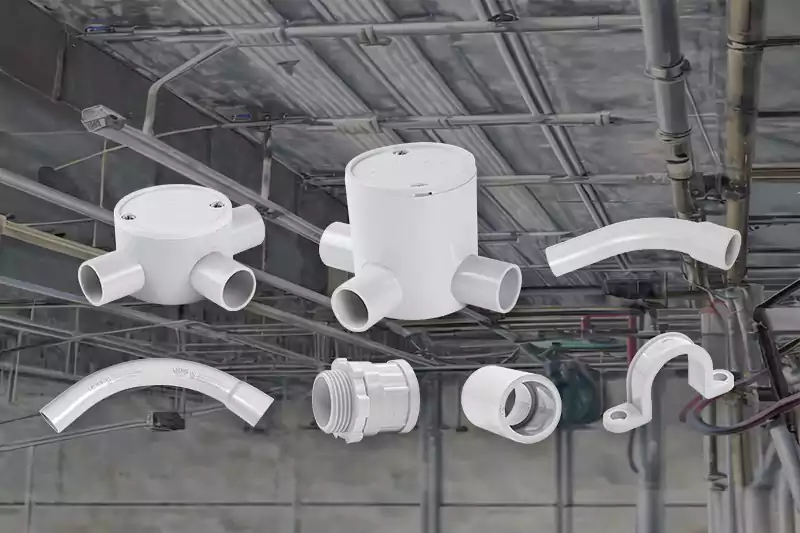
配件和连接器是便于连接和布线导管的重要部件。它们包括弯头、接头、连接器、接线盒和导管带等。配件可确保导管之间的牢固连接,并可灵活地改变方向、连接多个导管或在不同尺寸或类型的导管之间转换。
正确的安装和固定方法可确保导管在表面的稳定性和牢固放置。安装选项包括支架、夹子、带子、吊架或导管夹。这些方法因表面材料(例如木材、混凝土或金属)以及导管的重量或尺寸而异。
在某些情况下,表面导管布线可能需要额外的支撑或支架,以保持与表面的适当间隙。支架(例如导管架或电缆托盘)提供结构支撑,并有助于组织和管理电缆。支架(也称为绝缘体或垫片)在导管和安装表面之间形成隔离,防止热量积聚和潜在损坏。
接入点和盖子可让您轻松接触导管和电气连接,以便进行维护、检查或改造。这些可能包括导管体、拉线盒或接线盒。盖子(例如空白盖子或设备盖子)可提供保护并帮助维护系统的完整性。
接地和接合组件通过提供故障电流路径并防止电气危险来确保电气安全。这些组件包括接地夹、接地套管、接地导体、接合跳线和接地电极。正确的接地和接合实践对于地面导管布线安装至关重要。
了解这些组件及其功能对于成功进行表面导管布线安装至关重要。
安装表面导管布线涉及几个步骤,以确保电气系统安全高效。适当的规划、准备和遵守电气规范和规定至关重要。以下是表面导管布线安装的一般步骤:
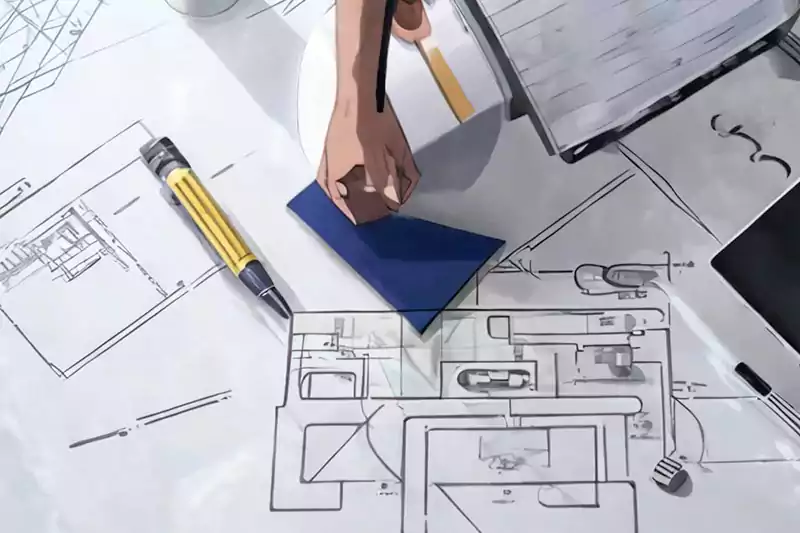
确定地面管道布线将支持的电气负载、电路和设备。考虑电压、电流和预期未来需求等因素。
根据应用、环境和电气规范要求选择合适的导管类型和尺寸。考虑导管内电缆的数量和尺寸。
规划导管的布线及其在地面上的位置。考虑可达性、美观性以及任何结构或建筑限制。标记导管安装点、配件、接入点和接线盒的位置。
确保您拥有所有必要的工具和材料,包括导管、配件、连接器、安装硬件、紧固件、接线盒、电线以及用于切割、测量和固定导管的适当工具。
清洁将要安装导管的表面。清除任何可能妨碍安装过程的障碍物或障碍物。
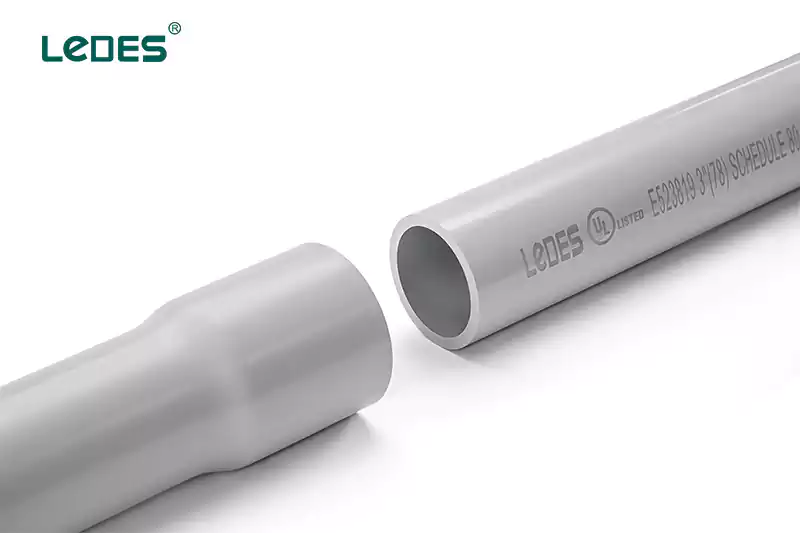
在表面安装导管安装硬件,如支架、夹子或带子。使用合适的紧固件并确保适当的间距和对齐。
根据规划的布局开始布置导管。根据需要连接配件和连接器以改变方向或连接多个导管。在不同导管尺寸或材料之间转换时,使用适当的接头或适配器。
根据需要使用导管支架、支架或电缆托盘来提供额外支撑并保持适当的间隙。使用适当的紧固件或带子定期固定导管。
在适当的位置安装接入点,例如导管体、拉线盒或接线盒,以便于接入导管和电气连接。确保它们得到妥善固定,并为接线和维护提供足够的空间。
将电缆穿过导管,确保尺寸合适且弯曲半径适当。使用合适的电缆夹或扎带固定电缆。
使用适当的接线技术(如接线螺母、接线端子或压接连接器)在接线盒或导管体内进行电气连接。遵守接地和接合的电气规范要求。
进行全面测试,确保电气连接、连通性和功能正确。使用适当的测试设备验证电压、绝缘电阻和电路完整性。
确保安装符合当地电气规范和规定。遵守导管间距、支撑、接地、接合和其他相关要求的指导原则。
在整个安装过程中采取必要的安全预防措施,例如佩戴适当的个人防护设备 (PPE)、在必要时切断电路电源以及遵守安全工作规范。
通过认真遵循这些安装步骤并确保符合电气规范,您可以成功完成表面导管布线安装。
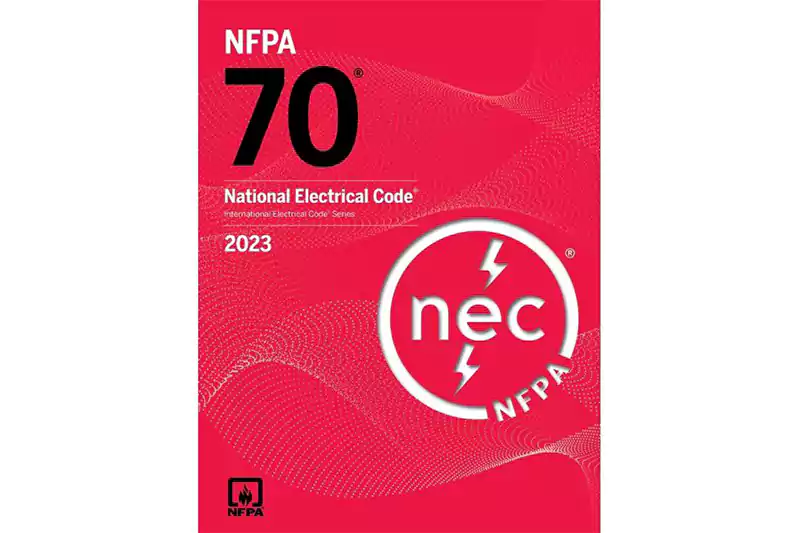
在电气安装(包括地面管道布线)方面,遵守电气规范和法规至关重要。制定这些规范和法规是为了确保电气系统的安全性、效率和可靠性。
当地电气标准旨在优先考虑安全性。它们包括防止电气危害(例如触电、火灾和设备损坏)的准则和要求。遵守这些标准可确保使用电气系统的人员的安全。
遵守当地电气规范和法规通常是法律要求的。不遵守规定可能会导致处罚、罚款或法律后果。了解并遵守当地监管机构规定的具体要求至关重要。
电气规范根据导管中电缆的数量和尺寸规定了导管的最小尺寸。遵守导管尺寸要求可防止过度拥挤,从而避免过热并增加电气故障风险。
电气规范还定义了导管的最大填充容量。这确保有足够的空间进行正确的电缆安装,以便于拉动、维护和未来的修改。遵守导管填充要求可防止电缆过度拥挤和对电缆的潜在损坏。
电气规范为导管之间的间距提供了指导,其中考虑到了散热、可访问性和维护等因素。适当的导管间距可实现高效的电缆布线,并降低导管之间发生干扰或损坏的风险。
电气规范规定了接地系统的要求,以确保故障电流的安全消散。正确的接地可防止触电并有助于稳定电压水平。遵守接地要求对于电气系统的整体安全性和性能至关重要。
接地涉及创建低阻抗路径来连接金属部件并确保电气连续性。它可防止电位差并降低触电风险。遵守电气规范的接地实践有助于维护系统的完整性和安全性。
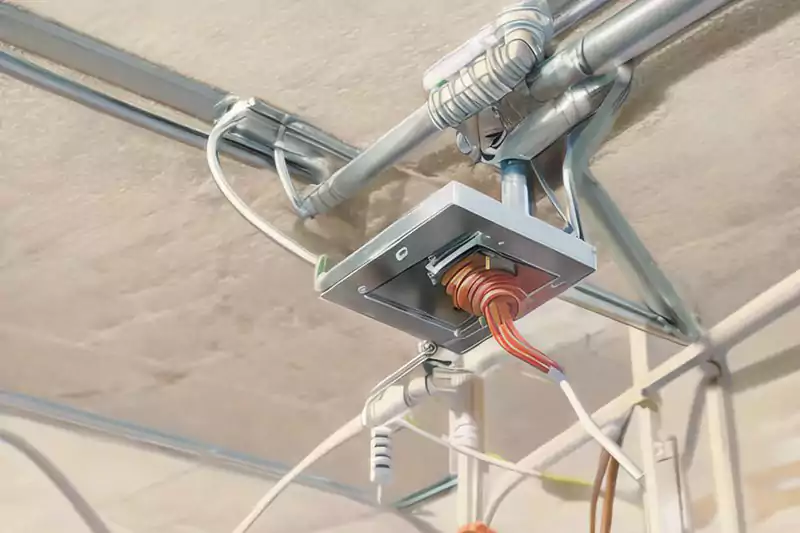
虽然这种方法具有灵活性和易于安装的特点,但必须采取某些预防措施以确保安全和效率。以下是在安装地面导管布线时需要牢记的一些其他安全注意事项和预防措施:
根据要安装的电线数量和尺寸选择合适的导管尺寸至关重要。这可确保有足够的空间供电线插入,并防止过度拥挤,从而导致过热和潜在的电气危险。
在处理地面导管接线之前,务必切断电路电源。遵循适当的锁定/挂牌程序并使用电压测试器验证电路是否已断电。使用绝缘工具和设备以最大程度地降低触电风险。检查工具是否有任何损坏或磨损,如有必要,请更换。
应根据管道的重量和尺寸确定定位销之间的距离。这可确保牢固连接,并最大限度地降低管道移动或脱落的风险。
管道必须安装在与煤气和水管保持安全距离的地方,以避免任何潜在的干扰或损坏。这可以防止泄漏、污染或电气系统意外损坏的风险。
直径小于 16 毫米的导管绝对不能用于明线管布线安装,不同地区可能有不同的要求,请咨询专业人士获取安装建议。使用较小的导管可能会导致电线安装困难、电阻增加和潜在的过热。
确保正确选择和安装防火导管和配件,以满足防火要求。遵守当地消防法规和电气安装防火规定。
并非所有类型的导管材料都适合表面布线,您需要考虑布线安装的位置和条件。例如,PVC 管不应在可能磨损或机械损坏的区域使用。选择能够承受安装区域特定环境条件和潜在影响的导管材料非常重要。
通过在地面导管布线安装过程中考虑这些安全预防措施并遵守最佳实践,您可以促进安全高效的电气系统。务必查阅当地电气规范和法规,并聘请合格的专业人员以确保合规并最大限度地降低潜在风险。
表面导管布线为各种住宅、商业和工业环境中的电气安装提供了实用且多功能的解决方案。其灵活性、安装简便性和可访问性使其适用于广泛的应用。
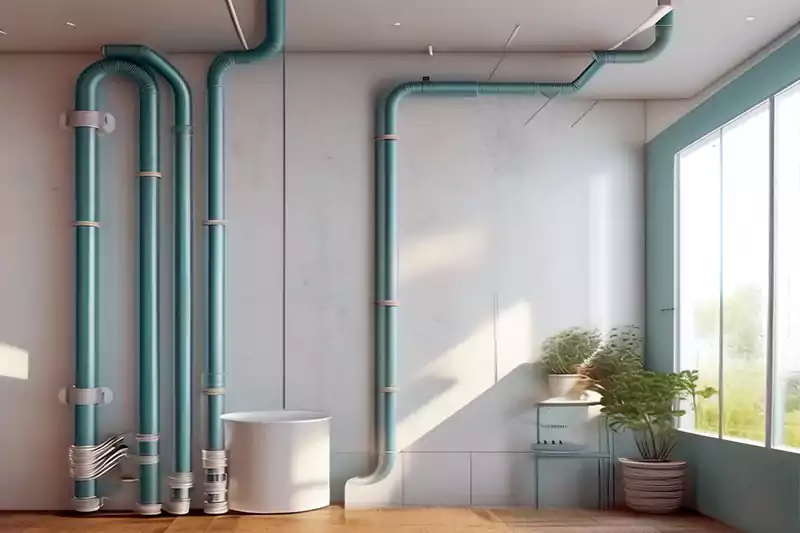
地面导管布线在住宅建筑中得到广泛应用,无论是新建还是翻新。它为住宅、公寓和公寓中的电路布线提供了一种便捷的方法。常见应用包括:
表面导管布线可用于在整个生活空间安装电源插座、开关和照明设备,确保可靠的电气连接。
厨房和浴室通常采用表面导管布线来为电器、照明和通风系统供电。其灵活性使其能够轻松与橱柜和壁挂式装置集成。
表面导管布线为户外照明、安全系统和其他电力需求供电提供了一种安全且方便的解决方案。
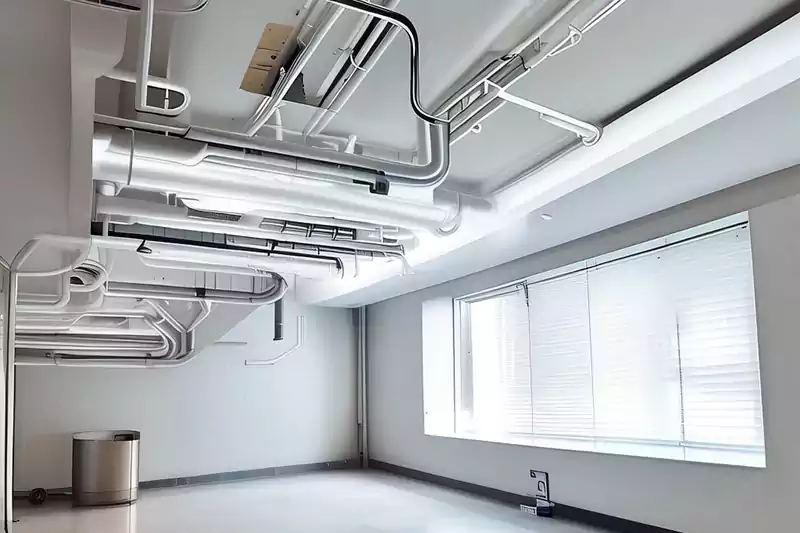
表面导管布线广泛应用于商业建筑,例如办公室、零售店、餐厅和教育机构。其适应性和易于安装的特点使其适用于各种应用,包括:
表面管道布线可有效分配电力和数据电缆,满足工作站、会议室和公共区域的电力需求。
表面导管布线为零售环境中的展示照明、销售点系统和其他电气设备的供电提供了灵活的解决方案。
学校和大学通常采用地面导管布线,以方便教室照明、视听设备和计算机实验室的电气连接。

表面导管布线广泛应用于工业和制造环境,这些环境要求耐用性、可达性和适应性。它能够实现有效的配电和设备连接,适用于以下应用:
表面管道布线允许安装高强度照明系统,以确保大型工业空间的适当照明。
地面导管布线为重型机械、电机和控制面板提供必要的电气连接,确保高效运行和设备安全。
地面管道布线有利于传感器、执行器和控制设备等电气元件的集成,从而实现可靠的过程控制和自动化系统。

表面导管布线非常适合临时安装、施工现场和活动场所。其多功能性和易于拆卸的特点使其成为为临时建筑、户外活动和展览供电的理想解决方案。
地面导管布线可在施工阶段提供方便的临时电气连接,为工具、照明和临时设施提供电力。
可以轻松部署地面管道布线,为音乐会、节日和其他户外活动的舞台、小吃摊、灯光和视听设备供电。
这些只是使用表面导管布线的众多应用中的几个例子。其灵活性、耐用性以及对电气规范和法规的遵守使其成为不同环境中各种电气安装的可靠选择。
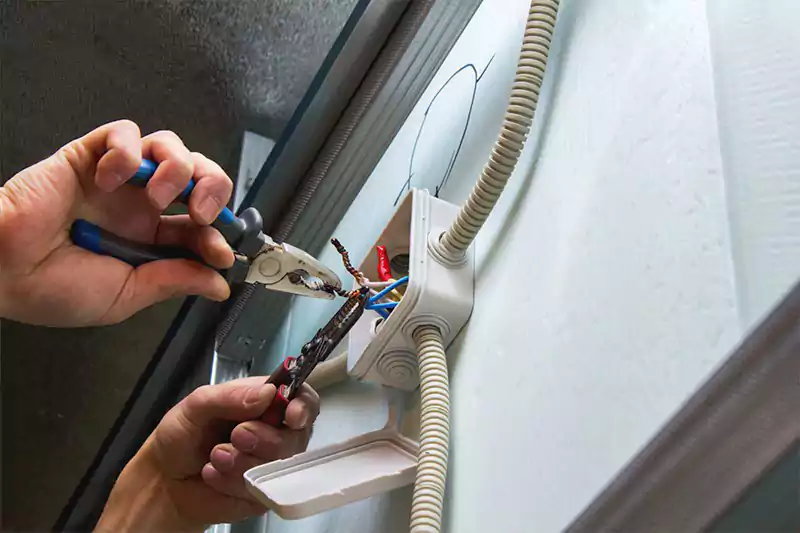
为了确保地面导管布线系统的持续安全性和最佳性能,定期维护和及时故障排除至关重要。适当的维护有助于在问题恶化之前发现并纠正潜在问题,而有效的故障排除则可以及时解决电气问题。
定期检查和预防性维护对于确保地面导管布线系统的安全性和效率至关重要。以下是需要遵循的关键步骤:
对导管、配件和电线进行目视检查,以识别任何明显的磨损、损坏或连接松动迹象。检查是否有可能损害系统完整性的裂缝、断裂或腐蚀。
确保导管和配件安装牢固并得到适当支撑。检查是否有下垂、过度弯曲或脱落的迹象。如有必要,加固并拧紧安装支架。
检查电缆是否有磨损、绝缘层损坏或电线裸露的迹象。检查电缆布线是否正确,以及是否远离锋利边缘或潜在的机械应力源。
检查接地和接地连接的有效性。确保所有连接牢固、无腐蚀且安装正确,以确保电气安全并防止潜在故障。
定期清洁表面导管、配件和接线盒,清除灰尘、污垢和碎屑。保持适当的气流和冷却,以防止过热问题。
及时发现并解决地面导管布线系统的常见问题对于保持其可靠性至关重要。以下是一些常见问题及其相应的解决方案:
检查连接是否松动、电线是否损坏或电路是否过载。拧紧连接、更换故障组件或重新分配负载以解决问题。
确定电路过载的原因,例如功耗过大或短路。移除或更换故障设备,并根据需要重新分配负载。
检查绝缘层是否有损坏迹象,如电线裸露或电缆磨损。及时更换损坏的绝缘层,以防止电气危险并确保适当的绝缘电阻。
通过应用适当的涂层或处理方法解决任何与腐蚀或潮湿相关的问题。更换腐蚀的导管、配件或组件以保持系统完整性。
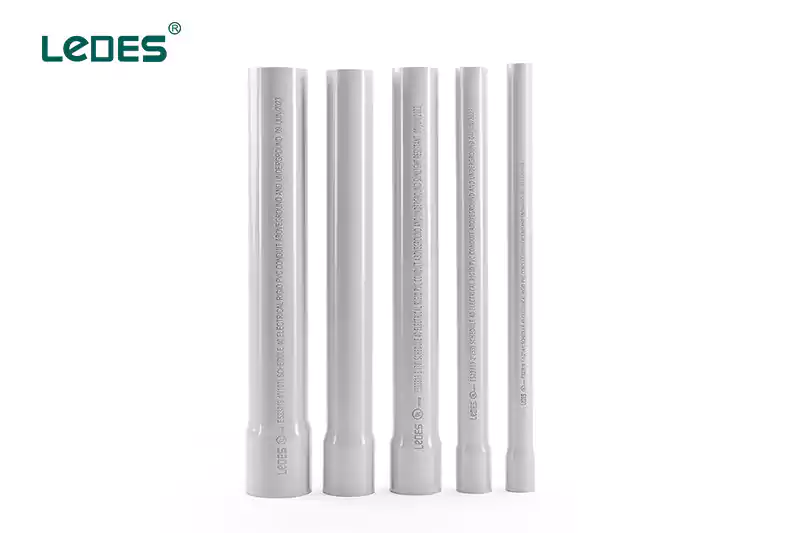
在对地面导管布线系统进行维修或改造时,必须遵循安全规范以最大程度地降低风险。请考虑以下准则:
开始任何维修或改造工作前,务必切断电路电源。使用适当的锁定/挂牌程序并测试电源,以确保电路正确断电。
穿戴合适的个人防护装备,包括绝缘手套、安全眼镜和防护服,以防止电击、电弧闪光和其他潜在危险。
使用适合当前任务的工具和设备。绝缘工具和电压测试仪有助于防止意外电接触并确保测量准确。
保持工作区域整洁有序,避免杂乱和潜在危险。在维修或改造过程中,应牢固支撑导管和组件,以防止意外脱落。
进行维修或改造时,请遵守当地电气规范和规定。确保符合接线标准、接地要求和负载能力准则。
保留对地面导管布线系统进行的维修、改造和维护的详细记录。这些记录有助于将来的故障排除和维护工作。
通过定期检查、及时解决常见问题以及在维修和改造期间遵循安全规范,您可以确保地面导管布线系统的寿命、安全性和最佳性能。
在电气安装方面,有不同的接线方法可供选择,每种方法都有其优点和适用于特定应用的方法。
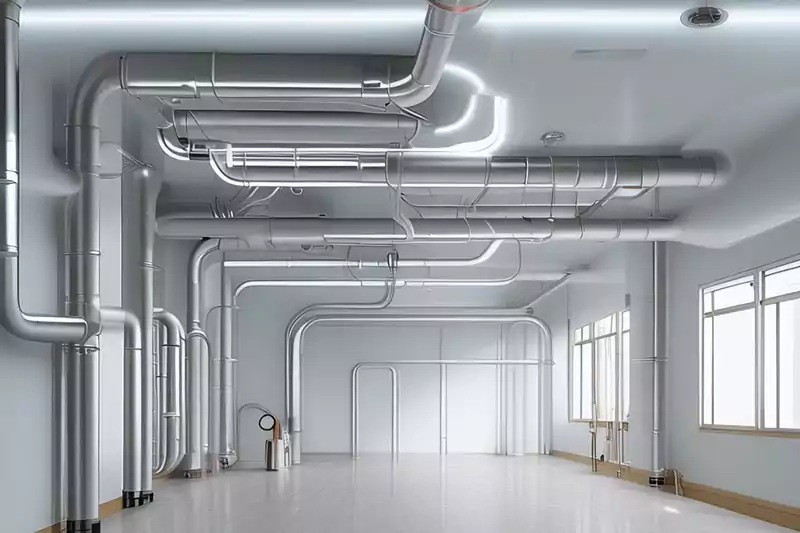
与隐蔽式导管布线相比,明线导管布线的安装相对简单快捷。明线导管布线涉及将导管安装在墙壁或天花板表面,使其更易于进行修改或维修。隐蔽式导管布线需要在施工或装修期间将导管嵌入墙壁或天花板内。
表面导管布线在布线电路方面提供了更大的灵活性,并允许轻松访问布线系统。隐藏式导管布线虽然外观更整洁美观,但由于需要进入墙壁或天花板,因此修改或维修起来可能更具挑战性。
明线导管布线可简化维护和故障排除,因为布线清晰可见且易于操作。在隐蔽导管布线中,识别和纠正问题可能需要更多努力,并且可能需要打开墙壁或天花板。
隐蔽式导管布线提供更整洁、更美观的外观,因为布线隐藏在墙壁或天花板内。另一方面,表面导管布线是可见的,可能被认为视觉吸引力较差,但可在某些应用中用作设计元素。
电缆托盘或电缆槽主要用于管理和支撑大捆电缆或电线。它们提供卓越的电缆组织,并允许轻松添加或移除。表面导管布线更适合单根或较小的电缆组。
电缆托盘或电缆槽在电缆布线方面提供了更大的灵活性,可以容纳各种尺寸和类型的电缆。表面管道布线在可容纳的电缆数量和尺寸方面受到限制。
电缆托盘或电缆槽能更好地保护电缆免受挤压或撞击等物理损坏。表面导管布线可提供中等程度的保护,但在某些环境下可能更容易受到损坏。
与安装电缆架或线槽相比,表面导管布线通常更具成本效益,尤其是对于小规模应用。
表面导管布线、隐藏导管布线或电缆托架/线槽之间的选择取决于以下几个因素:
建筑结构的类型(无论是新建还是改建)都会影响不同布线方法的可行性和实用性。
考虑是否需要轻松访问布线系统,以便进行维护、修改或未来的扩展。
空间所需的视觉外观和建筑设计偏好可能会在选择合适的布线方法方面发挥作用。
项目时间表和截止日期可能会影响布线方法的选择,因为与隐蔽导管布线相比,表面导管布线通常需要更少的安装时间。
考虑要安装的电缆的数量和类型,以及电缆组织和未来可扩展性的要求。
成本考虑,包括材料成本、人工费用和长期维护要求,都会影响布线方法的选择。
评估这些因素并咨询电气专业人员以确定最适合特定应用的接线方法非常重要,同时考虑安全性、功能性、美观性和预算限制等因素。
表面导管布线在现代电气安装中仍然很重要,并且应用广泛。其灵活性、可访问性和易于安装的特点使其成为各种应用的实用选择。虽然隐藏式导管布线和电缆托盘/线槽在特定情况下有其优势,但表面导管布线具有独特的优势,可以满足许多项目的需求。
随着技术的发展和电气系统变得越来越复杂,表面导管布线的重要性依然存在。从住宅建筑到商业空间,表面导管布线为各种电气安装提供了可靠且方便的解决方案。
总之,表面导管布线是一种实用、经济高效且耐用的布线方法,具有灵活性、可访问性和易于维护性。按照电气规范和最佳实践实施时,它可以确保各种应用中电气系统的使用寿命、安全性和最佳性能。
就是这样。如果您还有任何问题,可以 通过联系表联系我们 或者 单击此处立即向我们发送电子邮件。



